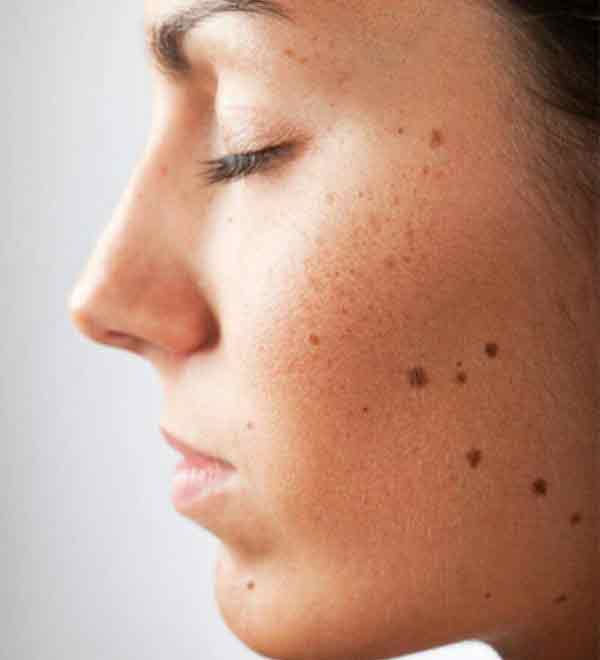
More than just a cosmetic procedure, mole removal is the gold standard treatment for skin cancer. Understand how the plastic surgeon contributes to this process
The moles can be very charming marks, but they can also correspond to serious lesions that can become skin cancer. Therefore, the removal of mole is a procedure that encompasses aesthetics, prevention and treatment.
When we are born with a mole or have had it for many years, it is very likely that it is a benign sign – although only the evaluation of a dermatologist or oncologist can assure this fact. In that case, you don’t need to remove it.
However, in the case of moles with characteristics of malignancy, which make skin cancer suspect, removal surgery is usually indicated.
Excision: surgery to remove moles
Excision is the surgical technique used to completely remove a skin lesion, whether benign or malignant, through an incision around the mole made with a scalpel.
For malignant lesions, a piece of healthy skin around them is also removed, the so-called safety margin. After the procedure, these tissues are examined under a microscope to verify that all cancer cells have been removed.
In the case of benign signs, which would be removed for aesthetic reasons, it is essential to talk to the surgeon to understand if it is really worth doing the mole removal surgery, as the excision leaves a scar.
How is surgical excision performed?
The excision of small and easily accessible moles can be done on an outpatient basis, using local anesthesia. In the case of larger and deeper lesions, general anesthesia may be necessary, so the surgery must be performed in a hospital environment.
The type of anesthesia can also vary depending on the type of lesion, as the safety margin of healthy skin removed increases with the severity of the mole.
Thus, for carcinomas, which are less aggressive tumors, the safety margin is usually around 1 cm. For melanoma, which is the most aggressive skin cancer, this margin is about 2 cm.
With the skin already anesthetized, the surgeon makes an incision around the mole, already including the safety margin of healthy tissue, and this material will go to the biopsy.
What is the healing process of a mole removal like?
When the lesion is small, the surgical wound can close on its own, without the need for stitches. This process is known as “healing by second intention” and is usually quick, leaving a scar of good aesthetic quality.
For incisions that require suturing, stitches are usually removed 7 to 15 days later. In addition, depending on the size of the lesion and its location, it may be necessary to perform a skin flap, which consists of pulling the skin from the margins to close the surgical wound.
In cases of larger incisions, when it is not possible to use this technique, it may be necessary to make a graft with skin taken from another region of the body to close the surgical wound.
Because it involves a large amount of tissue removal, this is one of the cases in which the presence of the plastic surgeon is even more important. This also happens for tumors in more exposed regions, such as the face, hands and limbs.
In the case of melanomas, it is quite common to apply plastic surgery techniques to obtain a good aesthetic result after the removal of the mole, in addition to restoring the normal behavior of the manipulated region.
Care for a good healing
Although mole removalis related to the prevention and treatment of a very serious disease, having a good quality scar is also an essential factor in the patient’s recovery.
Therefore, it is necessary to follow some care in relation to cleaning the wound, following the surgeon’s guidelines on site hygiene to avoid infections. Topical antibiotics may also be indicated.
After the stitches are removed, the doctor may recommend the use of healing products to stimulate and accelerate tissue regeneration.
At all stages of healing, it is essential to protect the region from the sun. For this, avoid exposure and always use sunscreen as instructed by the surgeon.
